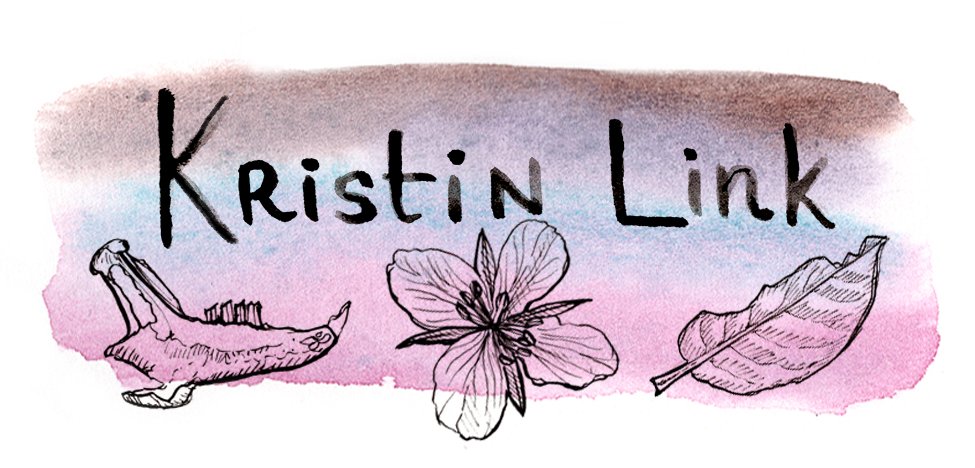Seeds of flowers and other plants collected in the fall. The third one from the right seemed like the seed pod drawn above.
Gouache and pen (2013)
Sparrow's Egg Orchid, watercolor and pen (2010)
I still remember the first time I saw a Sparrow’s Egg Lady Slipper, Cypripedium passerinum. Allison, who was then the kitchen manager at the Wrangell Mountains Center, pointed one out, and I was delighted that such a cool flower grew in the surroundings forests.
I love finding and drawing orchids because they have such unique shapes and also because they are somewhat elusive to me. They can be rare and only grow under specialized conditions. The Sparrow’s Egg Lady Slipper is found farther north than most other Lady Slippers (the Cypripedium genus). They are often found in spruce and willow forests and are be associated with two other plants that I love to see, Twinflower (Linnaea borealis) and what I call “Little Green Wintergreen”, though it has better common names like “Sidebells” (Orthilia secunda). Sparrow’s Egg Lady Slipper is also often found on calcareous substrate (occurring on chalk or limestone).
There are a few clumps of these flowers in the forests around McCarthy and I’ve also found them (and some other cool orchids) near the Crystalline Hills. They can reproduce by seed, but more often clone themselves and send up multiple stems from one rhizome. That is probably why they are often found in clusters with (last year’s?) seedpods, like I showed in the top illustration.
The top two drawings are both currently in my show at the Valdez Museum, so if you happen to be in the area, you can stop by and see them in person. It is always fun to think about flowers in Febraury.


